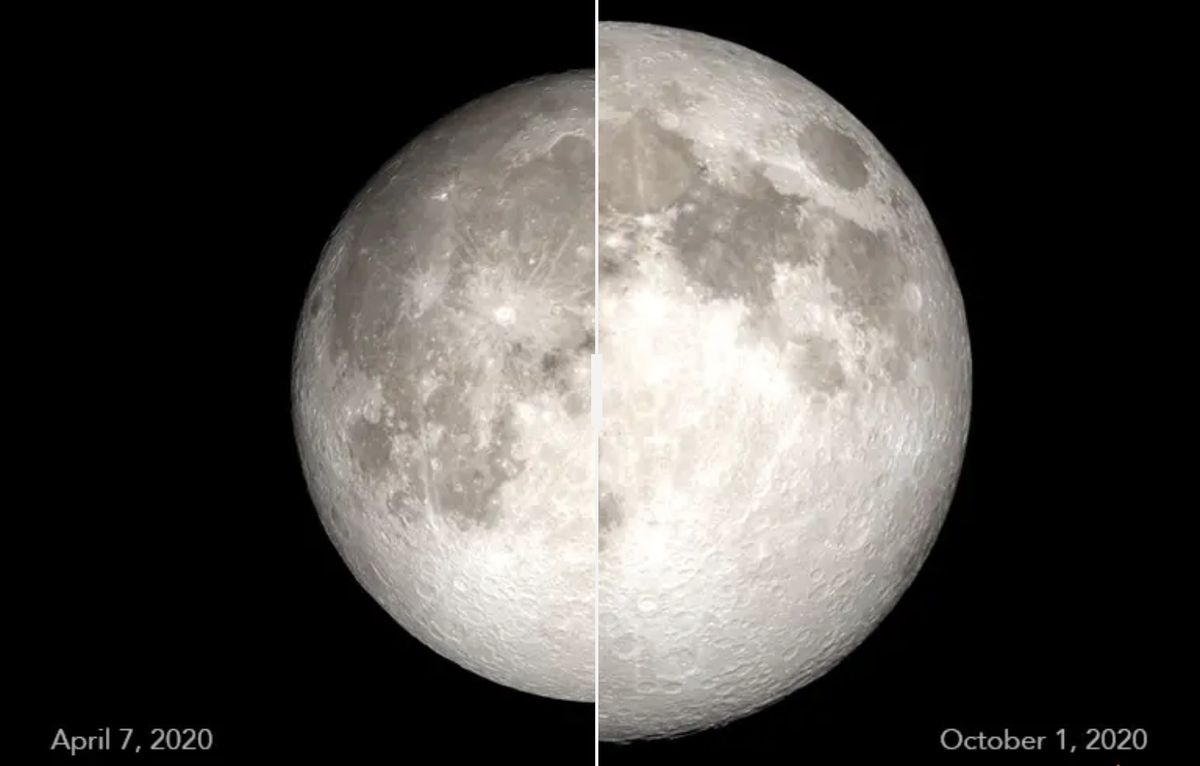Pink Micromoon Livestream: Watch it Rise!
Editor’s Note: The Pink Micromoon is gracing our skies tonight! Don't miss this celestial event; read on to find out how to watch it live.
Why This Celestial Event Matters
Tonight, we witness a celestial event that blends rarity and beauty: the Pink Micromoon. While not actually pink in color (its name derives from an early spring wildflower), this micromoon offers a unique viewing experience. This micromoon occurs when a full moon coincides with the moon being at its furthest point from Earth in its elliptical orbit, making it appear slightly smaller than average. This relatively rare event captivates skywatchers and amateur astronomers alike. Understanding lunar cycles and appreciating these subtle variations in the moon's appearance helps us connect with the natural world and appreciate the wonders of the cosmos. This article will guide you on how to best witness and enjoy this astronomical spectacle.
Key Takeaways
| Feature | Description |
|---|---|
| Name | Pink Micromoon (although not actually pink) |
| Significance | A full moon occurring at the moon's furthest point from Earth |
| Visual Effect | Appears slightly smaller than a typical full moon |
| Viewing | Visible worldwide; best viewed in areas with clear, dark skies |
| Livestreams | Available online via various astronomy channels (links provided below) |
Pink Micromoon: A Smaller, Yet Captivating Full Moon
The Pink Micromoon's relevance lies in its rarity and its reminder of the dynamic nature of our celestial neighbor. Unlike supermoons, which appear larger due to their proximity to Earth, micromoons present a subtle yet fascinating contrast. Tonight's event is particularly special because it combines the beauty of a full moon with the intriguing visual effect of its slightly diminished size. Its unique position in the lunar cycle provides an opportunity for reflection on the cosmos and its ever-changing dance.
Key Aspects of the Pink Micromoon
- Orbital Mechanics: The micromoon is a result of the moon's elliptical orbit around the Earth. Its distance fluctuates, resulting in variations in its apparent size.
- Appearance: It will appear slightly smaller than a typical full moon but still holds the same captivating luminescence.
- Cultural Significance: Full moons have held cultural importance across various societies throughout history, often associated with myths, rituals, and celebrations.
Detailed Analysis: The Science Behind the Micromoon
The moon's orbit is not a perfect circle; it's an ellipse. The point in the orbit closest to Earth is called the perigee, and the furthest point is the apogee. When a full moon coincides with the moon being at its apogee, we get a micromoon. This phenomenon is less dramatic visually than a supermoon, but it's still a noteworthy celestial event.
Livestream Options: Watch the Pink Micromoon Rise!
Several online platforms offer livestreams of the Pink Micromoon. These provide a convenient way to witness the event, especially for those with unfavorable weather conditions or limited visibility. Check out these links for potential livestreams:
(Insert links to reputable astronomy livestreams here – e.g., Virtual Telescope Project, Slooh, etc.)
People Also Ask (NLP-Friendly Answers)
Q1: What is a Pink Micromoon?
A: A Pink Micromoon is a full moon that occurs when the moon is at its furthest point from Earth (apogee) in its elliptical orbit, making it appear slightly smaller than average. The "pink" refers to a springtime wildflower, not the moon's color.
Q2: Why is the Pink Micromoon important?
A: It's important because it's a relatively rare event, highlighting the dynamic nature of the moon's orbit and providing a unique opportunity for celestial observation.
Q3: How can I benefit from watching the Pink Micromoon?
A: Watching it can provide a sense of wonder, connect you with nature, and offer a moment of peaceful contemplation. It's a chance to appreciate the beauty of the cosmos.
Q4: What are the main challenges with observing the Pink Micromoon?
A: Cloud cover, light pollution, and location can all impede visibility. Livestreams offer an excellent alternative.
Q5: How to get started with astronomy?
A: Start by observing the night sky with your naked eye. Gradually invest in binoculars or a telescope, and join local astronomy clubs for guidance and shared experiences.
Practical Tips for Watching the Pink Micromoon
Introduction: To maximize your Pink Micromoon viewing experience, follow these practical tips:
Tips:
- Find a dark location: Minimize light pollution for optimal visibility.
- Check the weather forecast: Clear skies are essential.
- Use binoculars or a telescope (optional): For a closer look at the lunar surface.
- Take photos: Capture the moment with your camera or smartphone.
- Share your experience: Post your photos and observations on social media.
- Learn about the moon: Research lunar cycles and phases for a deeper understanding.
- Relax and enjoy: Take time to appreciate the beauty of this natural phenomenon.
- Check online resources: Explore astronomy websites and apps for viewing guides and information.
Summary: These tips will help ensure a memorable Pink Micromoon viewing experience, regardless of your equipment or location.
Transition: Let's conclude by summarizing the key takeaways from this captivating celestial event.
Summary
The Pink Micromoon, while not actually pink, is a captivating celestial event that offers a unique viewing experience. Its slightly smaller size compared to an average full moon is a result of its position at apogee, the furthest point from Earth in its orbit. This article highlighted how to view the micromoon, whether directly or through livestreams, and emphasized its significance as a noteworthy astronomical occurrence.
Closing Message
As the Pink Micromoon graces our skies tonight, let's take a moment to appreciate the wonders of the universe. Did this celestial event spark your interest in astronomy? Share your thoughts and experiences in the comments below!
Call to Action (CTA)
Share your Pink Micromoon photos on social media using #PinkMicromoon! Subscribe to our newsletter for updates on future celestial events. Learn more about astronomy at [link to relevant resource].

